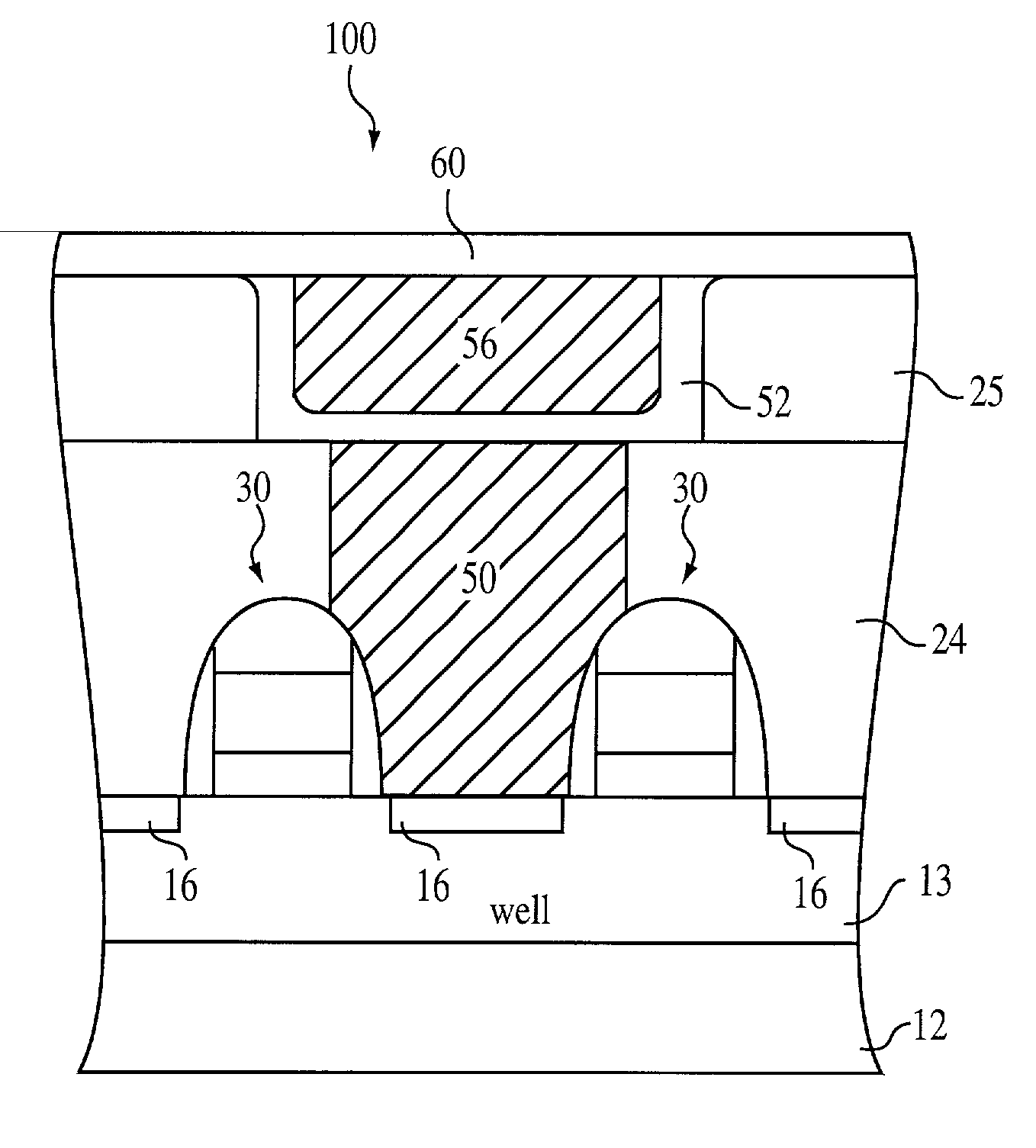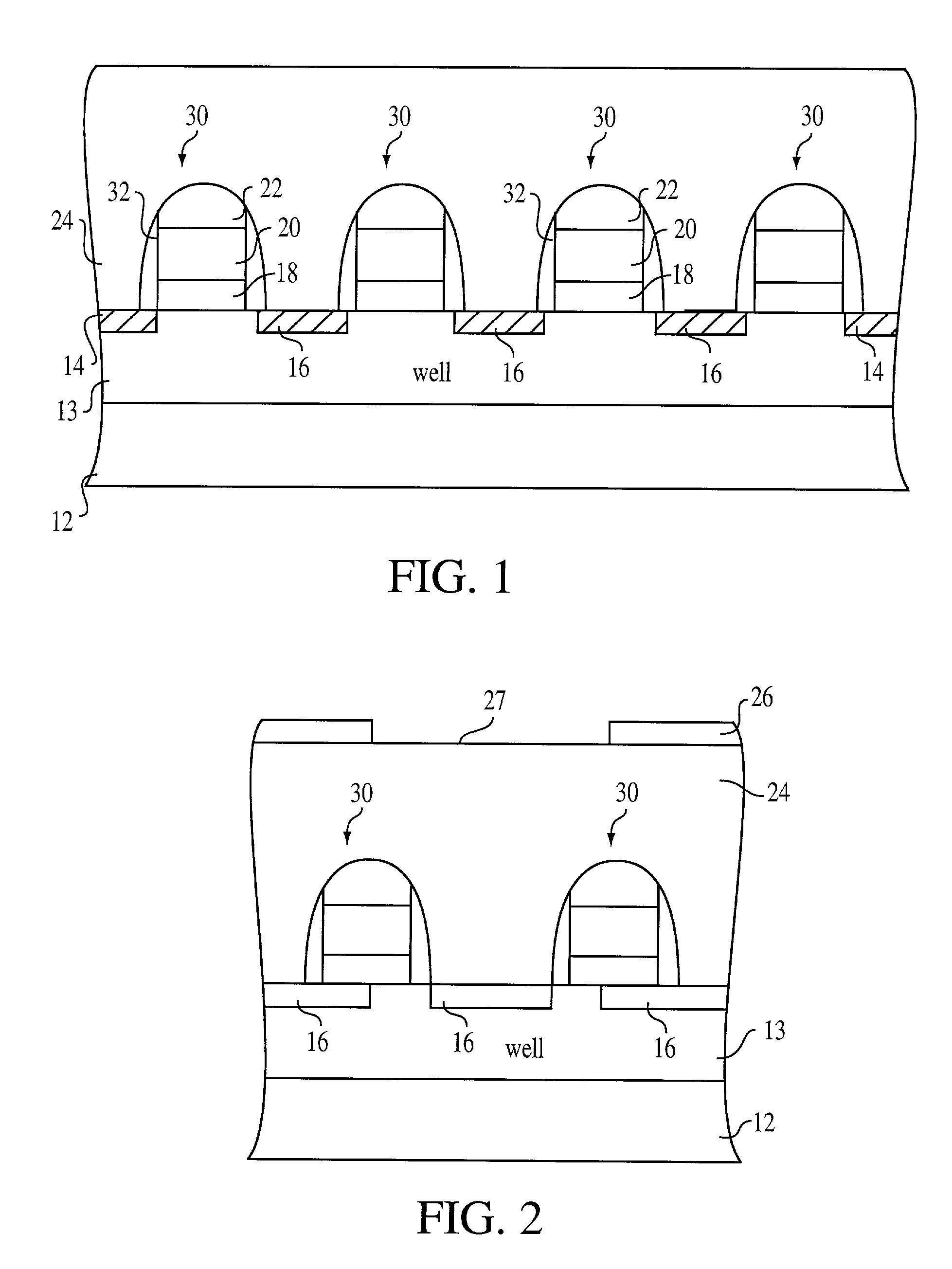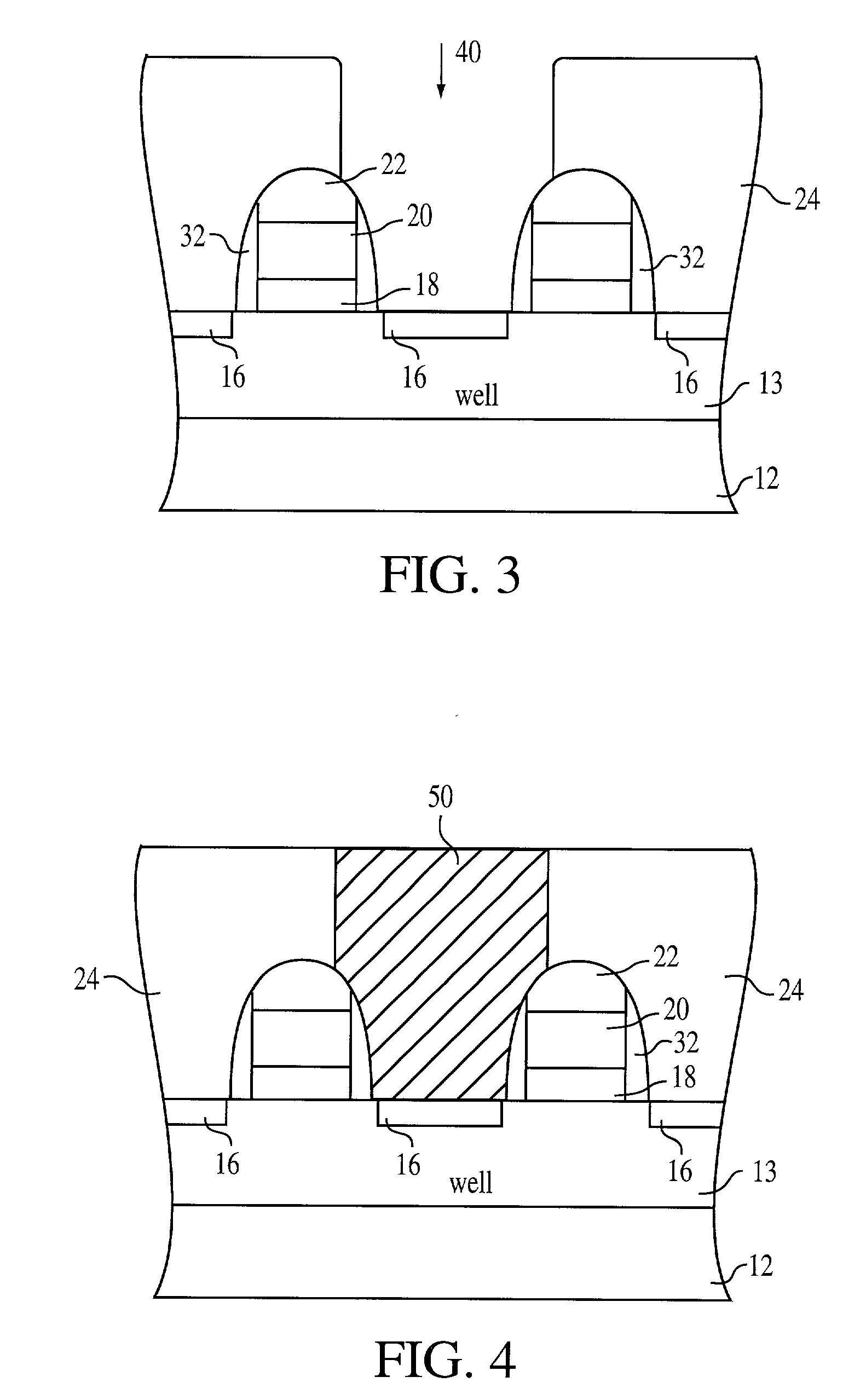Method of forming an interconnect structure for a semiconductor device
a technology of interconnect structure and semiconductor device, which is applied in the direction of semiconductor devices, semiconductor/solid-state device details, electrical apparatus, etc., can solve the problems of reducing the performance and density of modern very-large-scale integrated circuits, requiring complex interconnects, and affecting the reliability and performance of fabricated integrated circuits. achieve the effect of increasing contact adhesion, enhancing bonding yield, and increasing thermal conductivity
- Summary
- Abstract
- Description
- Claims
- Application Information
AI Technical Summary
Benefits of technology
Problems solved by technology
Method used
Image
Examples
Embodiment Construction
[0025] In the following detailed description, reference is made to various specific embodiments in which the invention may be practiced. These embodiments are described with sufficient detail to enable those skilled in the art to practice the invention, and it is to be understood that other embodiments may be employed, and that structural, electrical and methodology changes may be made and equivalents substituted without departing from the invention. Accordingly, the following detailed description is not to be taken in a limiting sense and the scope of the present invention is defined by the appended claims.
[0026] The term “substrate” used in the following description includes any semiconductor-based structure having an exposed silicon surface in which to form the structure of this invention. The term substrate is to be understood as including silicon-on-insulator, doped and undoped silicon, epitaxial layers of silicon supported by a base semiconductor foundation, and other semicon...
PUM
| Property | Measurement | Unit |
|---|---|---|
| temperatures | aaaaa | aaaaa |
| thermal conductivity | aaaaa | aaaaa |
| dielectric strength | aaaaa | aaaaa |
Abstract
Description
Claims
Application Information
 Login to View More
Login to View More - R&D
- Intellectual Property
- Life Sciences
- Materials
- Tech Scout
- Unparalleled Data Quality
- Higher Quality Content
- 60% Fewer Hallucinations
Browse by: Latest US Patents, China's latest patents, Technical Efficacy Thesaurus, Application Domain, Technology Topic, Popular Technical Reports.
© 2025 PatSnap. All rights reserved.Legal|Privacy policy|Modern Slavery Act Transparency Statement|Sitemap|About US| Contact US: help@patsnap.com



